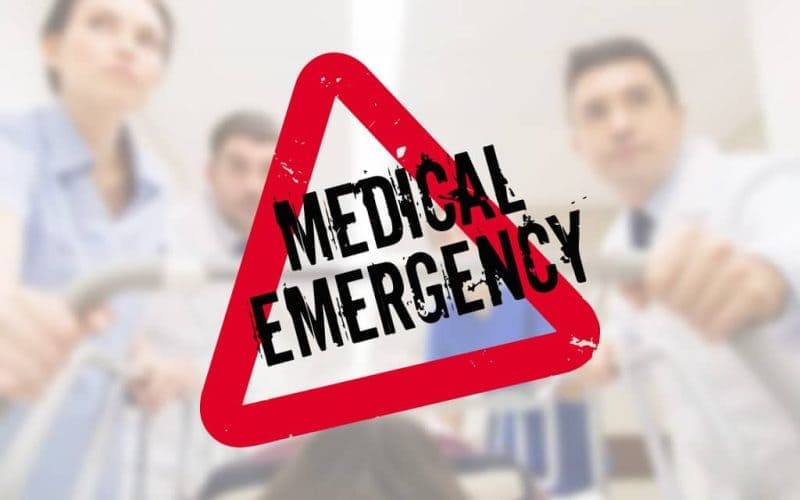What are the symptoms of shaken baby syndrome?
Shaken baby syndrome (SBS), also known as abusive head trauma, occurs when an infant or young child is violently shaken, leading to severe brain injury. The symptoms of shaken baby syndrome can vary but often include:
- Neurological Symptoms:
- Seizures: Uncontrolled movements or convulsions.
- Lethargy or Unresponsiveness: Extreme drowsiness or lack of response to stimuli.
- Loss of Consciousness: Brief or prolonged periods of unconsciousness.
- Physical Symptoms:
- Poor Feeding: Difficulty feeding or refusal to eat.
- Vomiting: Frequent or forceful vomiting.
- Breathing Problems: Difficulty breathing or irregular breathing patterns.
- Behavioral Symptoms:
- Irritability or Crying: Excessive or inconsolable crying, often combined with signs of discomfort or distress.
- Decreased Muscle Tone: Weak or floppy muscles.
- Ocular Symptoms:
- Retinal Hemorrhages: Bleeding in the retina, often detected during an eye examination.
- Head and Skull Symptoms:
- Head Injuries: Bruising or swelling on the head.
- Enlarged Head: Increased head size due to swelling or bleeding inside the skull.
- Other Signs:
- Bruising: Bruises on the body, especially in unusual patterns or locations.
- Fractures: Broken bones, particularly rib fractures or fractures in different stages of healing.
Shaken baby syndrome is a medical emergency requiring immediate attention. If you suspect that a child may be suffering from SBS, it is crucial to seek medical help immediately. Early diagnosis and intervention can significantly impact the child’s outcome and well-being.
What are the causes of shaken baby syndrome?
Shaken baby syndrome (SBS), or abusive head trauma, occurs when an infant or young child is violently shaken, leading to severe brain injury and other serious complications. The primary cause of SBS is:
- Violent Shaking: The main cause is the physical action of shaking a baby or young child forcefully. This shaking creates a whiplash effect, causing the brain to move back and forth inside the skull, which can result in severe brain injury.
Additional factors that can contribute to or result from shaking include:
- Frustration or Anger: Caregivers or individuals who are unable to soothe a crying or distressed baby may shake the child out of frustration or anger.
- Lack of Understanding: Some caregivers may not understand the potential harm of shaking and may do so unintentionally, believing it will stop the baby from crying or get their attention.
- Unresolved Stress: High levels of stress or mental health issues in caregivers can sometimes contribute to abusive behaviors, including shaking.
- Domestic Violence: A background of domestic violence or other abusive behaviors can increase the risk of shaking incidents in some households.
Shaken baby syndrome is preventable. It is crucial for caregivers to seek help and support if they feel overwhelmed or stressed. Education on the dangers of shaking, along with resources for managing infant care and stress, can help prevent this serious form of abuse. If a caregiver is struggling, they should reach out for support from family, friends, or professionals to avoid harmful behaviors.
What is the treatment for shaken baby syndrome?
Treatment for shaken baby syndrome (SBS) focuses on addressing the immediate and long-term effects of the severe brain injury and other physical damage caused by the shaking. The treatment approach is comprehensive and multidisciplinary, often involving several specialists:
- Emergency Care: Immediate medical attention is crucial. This may involve:
- Stabilization: Ensuring the infant’s vital signs are stable and addressing any life-threatening conditions.
- Imaging: Conducting diagnostic imaging, such as CT scans or MRIs, to assess the extent of brain injury, bleeding, and other damage.
- Neurological Care:
- Monitoring: Continuous monitoring of brain function, intracranial pressure, and overall neurological status.
- Medications: Administering medications to manage seizures, control swelling, and address other symptoms.
- Surgical Interventions:
- Emergency Surgery: In severe cases, surgery may be required to address brain swelling, remove blood clots, or repair damaged areas.
- Rehabilitation:
- Physical Therapy: To help the child regain motor skills, strength, and coordination.
- Occupational Therapy: To support the development of daily living skills and adaptive functioning.
- Speech Therapy: To assist with communication and cognitive development, if needed.
- Ongoing Medical Care:
- Regular Follow-ups: Continuous medical evaluations to monitor progress, manage complications, and adjust treatment plans as needed.
- Supportive Care: Providing supportive care for any long-term health issues resulting from the injury.
- Psychosocial Support:
- Counseling: Psychological support for the child and family to cope with the emotional impact of the injury and its consequences.
- Family Support: Resources and support for caregivers to manage the stress and challenges associated with caring for a child with SBS.
- Preventive Measures:
- Education: Educating caregivers about the dangers of shaking and providing strategies for managing infant crying and stress.
Treatment plans are tailored to the specific needs of the child and the severity of the injuries. The focus is on both immediate medical care and long-term rehabilitation to improve outcomes and quality of life.

Leave a Reply
You must be logged in to post a comment.